Description
Railroad Short Name: HPJX
About the prototype:
Railgon was formed in response to an industry-wide attrition of serviceable gondolas. In the 1970s, there were fleet shortages. Available cars were well abused and well aged, and the trend lines weren’t good. The industry needed a response of some kind, and Trailer Train believed that some parts of the Railbox formula could be utilized to this end. A company could be formed to capitalize the purchase of new cars, and railroads would have access to the cars by entering into a pool agreement. The Railgon Company was incorporated on June 21, 1979. It was organized as a Trailer Train subsidiary, and the firm’s directors were comprised of Trailer Train senior management. By March of 1981, even before the last GONX cars were delivered, 135 railroads were in participation.
The Railgon/GONX gondola was built to a proprietary design; the specifications for which were laid out by Trailer Train’s Engineering and Research Department. These cars were built by the major car builders of the day–which is interesting for the fact that, among model railroaders at least, the GONX car is generally recognized as a Thrall product. However, there are, in fact, five builders. Of those, Thrall wasn’t even the one to build the car in the greatest quantities. So, it is an interesting thing that this notion has become so ingrained. Greenville, Pullman-Standard, Bethlehem and Berwick also built the GONX car. Each builder tweaked the design enough to produce visually distinctive cars. In total, Railgon built 4,000 GONX cars. These were delivered between July of 1980 and October of 1981.
In the 1980s, heavy industry slipped into recession, and the demand for gondolas slipped with it. Railgon received gondolas and almost immediately began moving those cars into storage. According to the authors Panza, Dawson and Sellberg in the excellent book THE TTX STORY, 78% of the total Railgon fleet was in storage as of March 1982. This set into play a need to restructure Railgon’s financial obligations. By the end of 1983, Railgon’s losses totaled $19.2 million. Restructuring was in order, and as a part of the initial phase, 2,000 car leases were transferred to Chessie and Seaboard System in 1984. In 1986, Railgon transferred an additional 100 leases to Kansas City Southern, and in 1987, 589 leases were transferred to CNW and D&RGW. Railgon was bailing water, but they weren’t yet swimming. The firm was projected to slide into insolvency in 1988.
The result of storage and low utilization was that the yellow and black livery remained resplendent well into the late 1980s. Stored GONX cars were dispersed among participating roads and other available locations. In the mid-1980s, it is easy to recall cuts of GONX cars that, to my young eyes at least, appeared new. In reality, these cars were approaching seven plus years old.
Economic trends change, and utilization rates surged in 1988. From this point forward, GONX cars carried Railgon up the arc to profitability. Through the 1990s, the 1,300 GONX cars that remained on roster generated sufficient revenue to pay back loans that were extended in the downturn.
If you would like to learn more about the Railgon Corporation, please see The TTX Story’ by Jim Panza, Richard Dawson, and Ronald Sellberg. Also, see Jim Panza’s article entitled Railgon in Railroad Model Craftsman December 1980.
About our Model:
199 parts:
We have reason to believe that this is more parts than any HO scale freight car or caboose to date. Although that is difficult to know with absolute certainty, we can say that Arrowhead’s Greenville 2494 “Railgon” gondola is on par with high-end HO scale passenger cars in terms of scope and complexity. We are proud to offer a model of this magnitude at a price that is competitive for freight cars generally.
Comprehensive Paint Scheme Fidelity:
Arrowhead Models has done something that, although conceptually simple, is quite difficult to pull off. For as-delivered cars, Arrowhead Models has created artwork that accurately matches the Light Weight (LT WT) and Load Limit (LD LMT) data on a per road number basis. This is a market first, and it represents the highest benchmark for artwork accuracy.
What does this mean?
The convention is to create a single design file for as-delivered paint schemes, and then assign to that file multiple road numbers. The road numbers change; everything else stays the same. The issue is that: if the only thing that changes across different road numbers is just the road number itself, then the artwork is not truly accurate on a per road number basis. The reason is that the values for the tare weight (LT WT and LD LMT) vary with the road number.
This happens because, when building a freight car, the dimensional tolerances of steel extrude are relatively loose. When a fabricator pulls a stick to build a car, the low tolerances of the extrude itself make it so a particular stick may weigh differently than the next stick in the pull. The net result of these differences give rise to hundreds of pounds of weight variation on a per car basis. When construction is complete, each individual car is weighed and the appropriate LT WT and LD LMT data is assigned–one by one, car by car–because they are all different.
Arrowhead Models records indicate that across the entire range of GONX cars, LT WT and LD LMT values vary by 15,000 lbs. (from 62,300 to 77,300 lbs; with an average tare of 70,500 lbs.).
This is what we mean when we say comprehensive paint scheme fidelity. All data is correct for all the cars on a per road number basis–again, a market first!
Additional Features:
- 81 wire parts per car, including: grab irons, pull loops, tie downs, coupler cut bars, air reservoir plumbing, retaining valve lines, release valve rods, brake rod and brake lever hangers, and side post tie downs.
- 34 etched brass parts per car, including: side sheets, floor, end stiffener plates, retaining valve bracket, air reservoir brackets, ABD valve bracket, brake pulley brackets and pulley mounts, brake step and inferior and superior cross-member gussets.
- Brass side sheets on our gondola! Finally, deform and weather without the nonsense of wielding a soldering iron and melting plastic!
- Accurate cross sections for I-beam and C-channel cross members, all of which are separately applied!
- Code 88 (0.088”) “Fine-Scale” CNC machined metal wheelsets and metal axles.
- Brass formed mounting brackets for the Air Reservoir, ABD Valve, Brake Cylinder, and guide pulleys. These brackets dimensionally match the mounting brackets of the prototype, which are press-broke and cut from sheet steel.
- Full top chord detail, including: Wine Drop Lok #1613 tie downs, and properly spaced and appropriately dimensioned fastener holes.
- 5-piece Klasing 1500 hand brake, with separate brake housing, mounting plate, brake wheel, release lever and chain.
- “Scale” draft box and details, including: key, shank and full bolt detail. Accurately shaped and located air hose bracket, and outboard brake levers.
- Kadee #156 Whisker Couplers

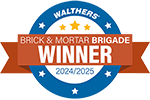
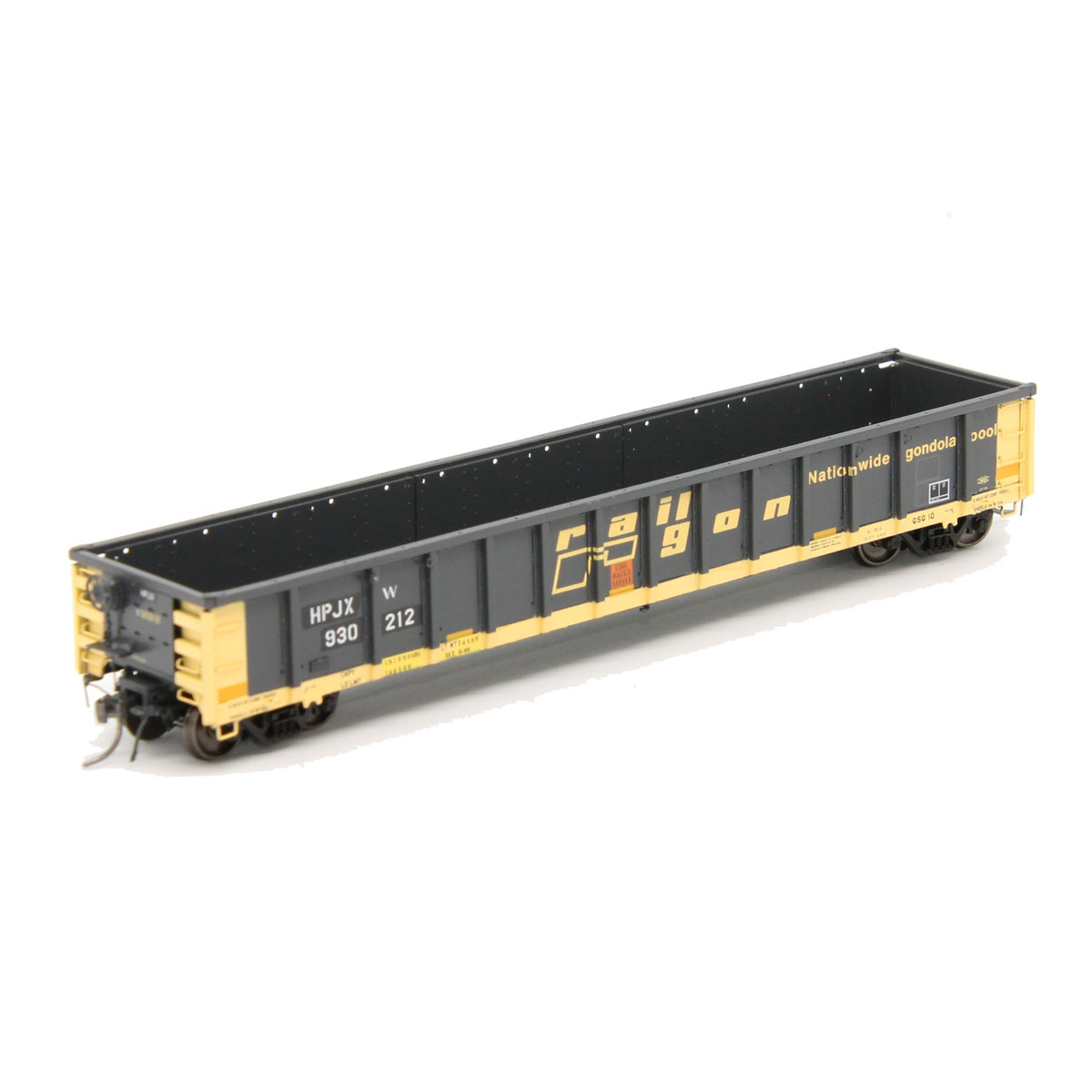
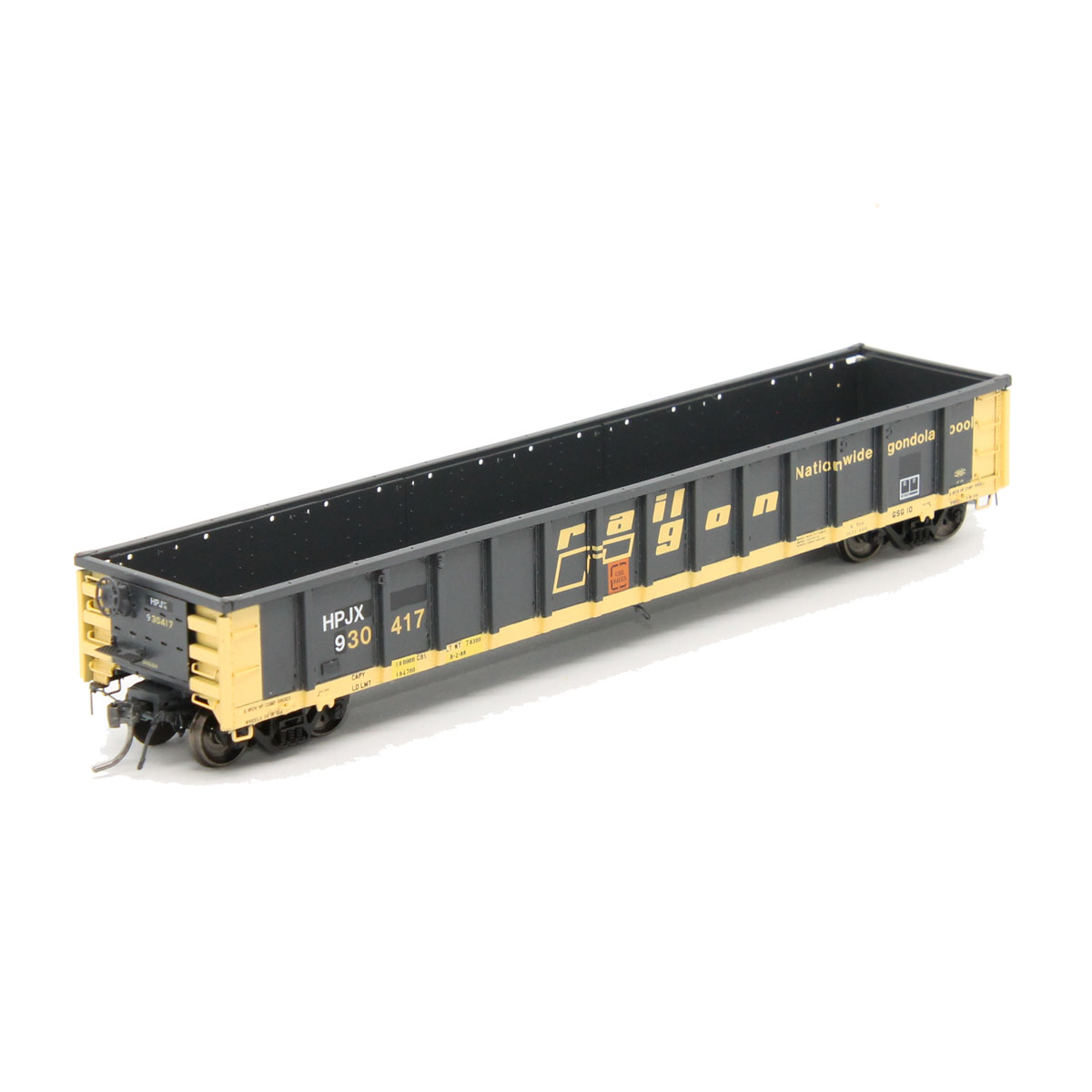
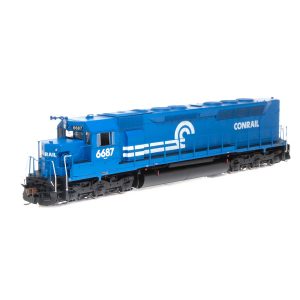
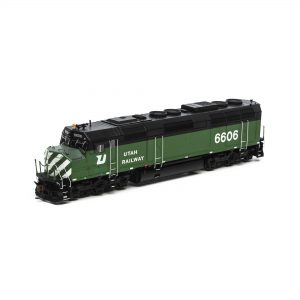
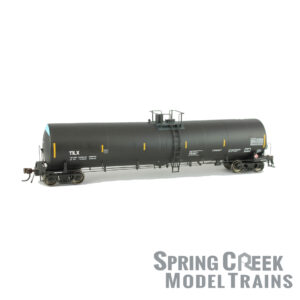
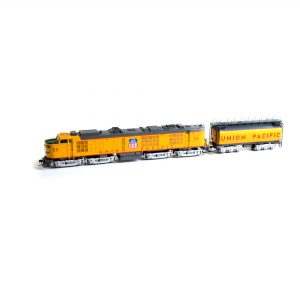
Reviews
There are no reviews yet.